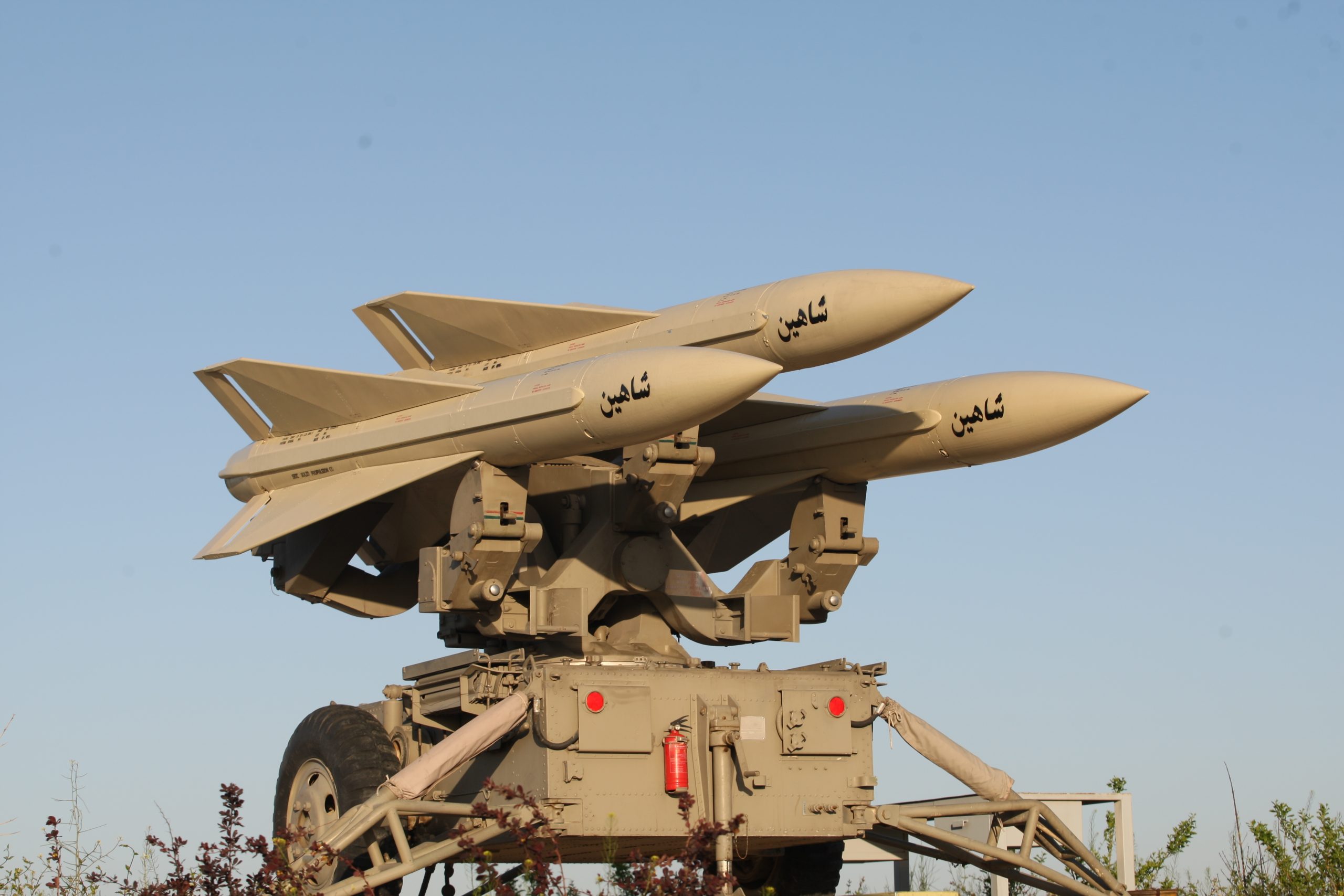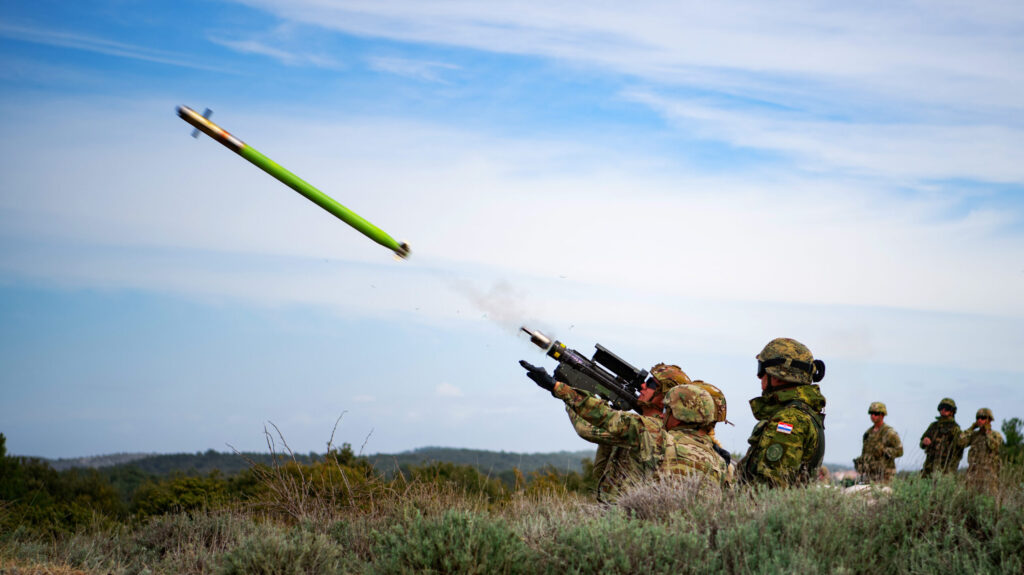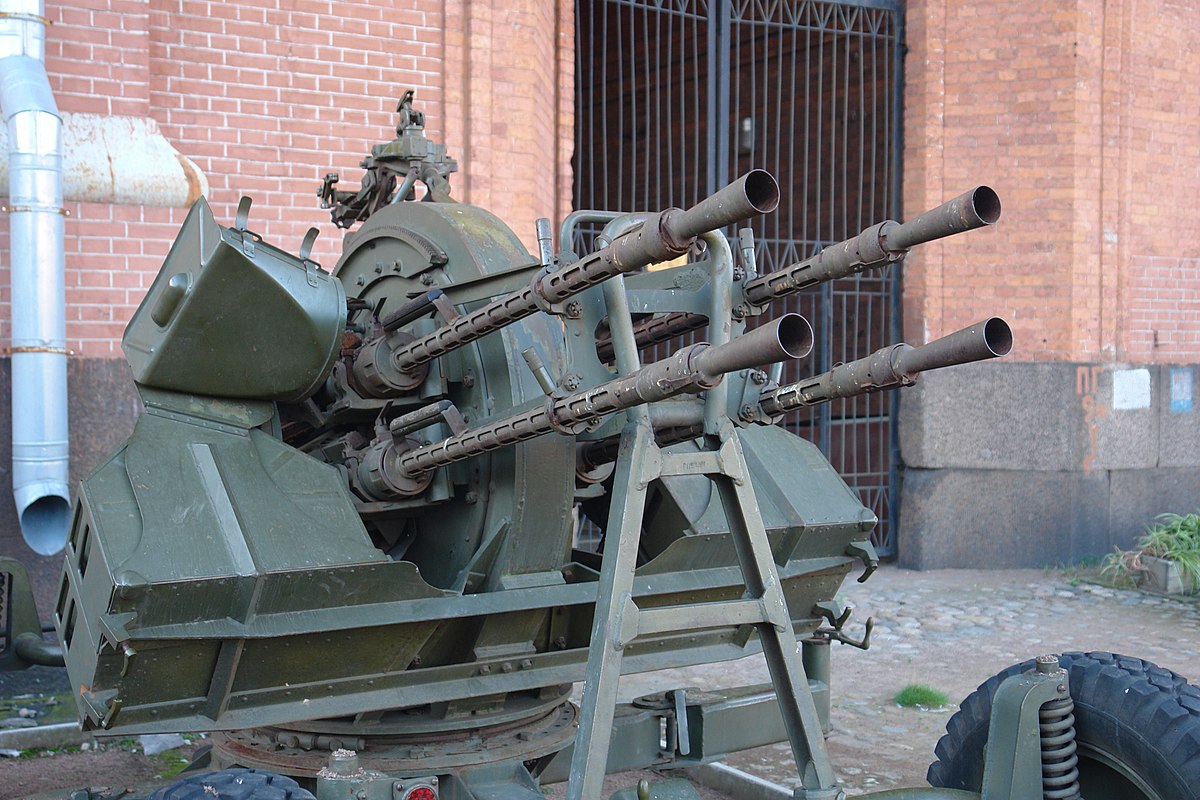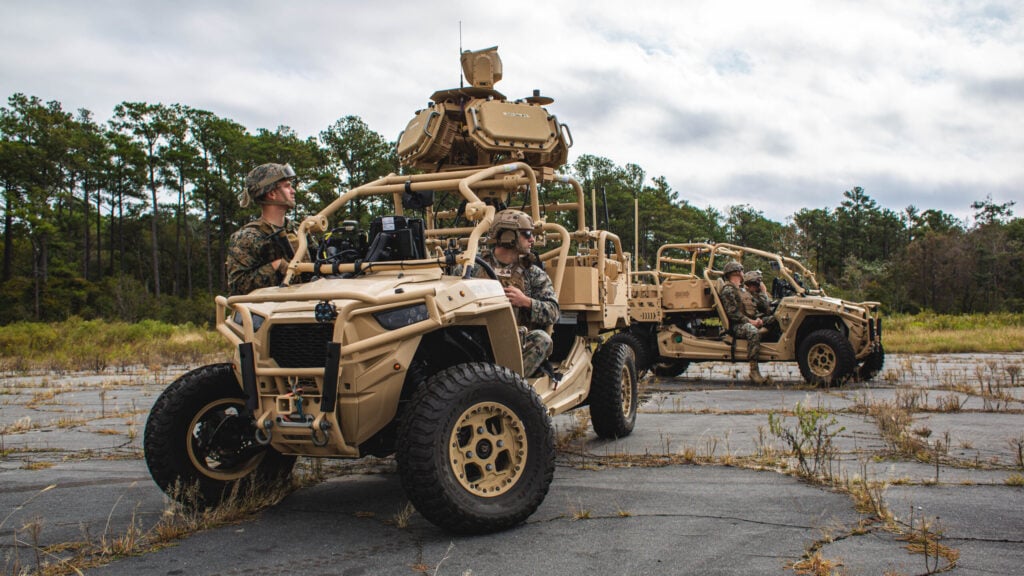- Reaction score
- 8,491
- Points
- 1,310
Only you would notice that…
Old habits and what not...

Only you would notice that…
Ha ha, you put sense and Canada in the same sentence!!!!If Canada goes with CAMM/CAMM-ER for the CSC, I hope we have the sense to go with the a NASAMS with CAMM/CAMM-ER, rather than having the CA decide on an orphan missile for GBAD.

Is that a Russian agit prop site? or a Republican one?
Germany In Talks For $18 Billion National Missile Defense Shield After Escalations With Russia
Germany has recently come to the forefront of European countries causing escalations with Russia when it began pressuring Washington and NATO allies to send tanks to Ukraine last month. Being well aware of its precarious position with Russian President Vladimir Putin, Germany is now in a race to...armedforces.press
Maybe vet your sources a touch? Putin to save us from Nuclear war? The fuck lol. Go woke go weak? Man alive what on earth had you going through this crap?
Germany In Talks For $18 Billion National Missile Defense Shield After Escalations With Russia
Germany has recently come to the forefront of European countries causing escalations with Russia when it began pressuring Washington and NATO allies to send tanks to Ukraine last month. Being well aware of its precarious position with Russian President Vladimir Putin, Germany is now in a race to...armedforces.press


I like the 2 x Quad Stinger pods on this system for a LAV-SHORAD over the Stinger/Hellfire combo on the Stryker M-SHORAD.GDLS from US develops TRX SHORAD new counter-drones robotic platform
POSTED ON WEDNESDAY, 08 MARCH 2023 16:28
American company GDLS (General Dynamics Land Systems) develops the TRX SHORAD (Short range air defense), a new counter-drone solution based on its TRX unmanned tracked robotic platform fitted with a weapon station armed with one 30mm automatic cannon and Stinger surface-to-air missile launchers.
Follow Army Recognition on Google News at this link

GDLS TRX SHORAD new counter-done robotic platform armed with one 30mm automatic cannon and eight launchers able to fire Stinger surface-to-air missiles. (Picture source GDLS)
The TRX "Tactical Robot eXperimental" is an unmanned tracked robotic system with a weight of 10 tons that has been designed for use in military operations and other hazardous environments. It is a multi-role platform able to be fitted with different types of weapons and combat systems to carried-out a wide range of missions. TRX sets a new best-in-class payload capacity to accommodate any mission equipment package. It is capable of operating in a wide range of terrains and environments, including urban, desert, and jungle environments.
The TRX is positioned to provide superior performance as an enabling technology in a myriad of critical battlefield roles, including direct and indirect fire, autonomous resupply, complex obstacle breaching, counter-unmanned aerial systems (C-UAS), electronic warfare (EW), reconnaissance, and other battlefield missions.
The TRX is based on a multirole tracked chassis platform weighing 10,000 kg with a payload capacity of 450 kg and a flat deck to accommodate any type of mission equipment package. The robot is powered by a hybrid power plant based on a diesel engine, batteries, and electric motors. Its characteristics are sufficient to ensure high mobility on the ground, as well as to power the platform systems and payload.
The TRX SHORAD (Short range air defense) has been developed by GDLS (General Dynamics Land Systems) to offer a new robotic solution able to perform counter-drone missions using onboard weapon systems. It can conduct semi-autonomous operations and is fast enough to keep up with high-speed maneuver formations like the Stryker Brigade Combat Team and the Armored BCT (Brigade Combat Team).
The TRX robot is designed to be remotely controlled by an operator using a handheld controller or a laptop computer. It can also operate autonomously, using onboard sensors and AI (Artificial Intelligence) algorithms to navigate and carry out missions
The TRX robot is also equipped with a range of sensors, including cameras, laser rangefinders, and thermal imagers, which allow it to detect and identify targets at long ranges.
The TRX SHORAD is equipped with a remotely operated weapon station armed with one 30mm automatic cannon and two groups of four missile launchers able to fire Stinger surface-to-air missiles. The Stinger missile is a shoulder-launched, heat-seeking, surface-to-air missile (SAM) that is primarily used to engage low-flying aircraft and helicopters. It was developed by General Dynamics (now Raytheon) in the United States and has been in service since the early 1980s.
The Stinger missile is a "fire-and-forget" weapon, which means that once it is launched, the operator does not need to guide it to the target. Instead, the missile's guidance system takes over and directs it toward the target.
The Stinger missile has two main variants, the FIM-92A, and the FIM-92B. The FIM-92A has a range of up to 4.8 km (3 miles) and a maximum altitude of around 3.8 km (12,500 feet), while the FIM-92B has a range of up to 8 km (5 miles) and a maximum altitude of around 4.6 km (15,000 feet).

'Passive' Radar Can Give Soldiers Stealth in Urban Battlegrounds
3/28/2023
By Stew Magnuson

Silentium Defence photos
GEELONG, Australia — An Australian startup is offering a “passive” radar system that can detect flying objects kilometers away without giving away warfighters’ positions.
Silentium Defence’s patented Maverick technology relies on ambient radio and television waves in the UHF and FM spectrums to search for objects rather than traditional radar technology that blasts out energy and collects the signals that bounce off objects, said James Palmer, CEO of the company based in South Australia.
The problem with traditional radars is that they often require spectrum licenses to operate in most nations, they emit potentially harmful energy to human operators and — perhaps most importantly for warfighters — as soon as they are turned on, their electronic signature and location is revealed to enemies, Palmer said in an interview on the sidelines of Avalon — The Australian Air Show.
“What we do is provide the same information product as a traditional radar — range, bearing, velocity … but we don’t transmit. We exploit existing sources of broadcast television, [and] broadcast radio,” he said.
That wouldn’t work in an area in the middle of the ocean where there are no humans transmitting TV and radio signals, so its applications are in urban environments, he noted.
The company is offering the Maverick M8 for mounted or dismounted troops that can fit in a backpack, and another the size of a shipping container that can give users a larger field of view.
The smaller version can geolocate and track objects such as small drones in a 360-degree bubble three to seven kilometers away — depending on their size — and larger fixed-wing or rotary-wing aircraft up to 20 kilometers away, he said.
The larger Maverick-S, or “Space Observatory in a Box,” as the company calls it, can track and observe objects in low-Earth orbit, he said.
The company has contracts to try out the technology with all three branches of the Australian Defence Force, as well as a U.S. partnership between Duke University and the Defense Advanced Research Projects Agency, which are exploring how the passive radar can be used for space situational awareness. Lockheed Martin Australia is also mentoring the company.
Army short-range air defense laser prototypes take down drones at Yuma
By Jen Judson
Apr 13, 03:08 PM
Raytheon's 50-kilowatt laser was chosen for the U.S. Army's directed energy short-range air defense system on a Stryker combat vehicle. The Army will initially outfit a platoon's worth of the system. (Artist rendering courtesy of Raytheon):quality(70)/cloudfront-us-east-1.images.arcpublishing.com/archetype/UONH356ARBDD7PJM5TOLBZ3CJ4.jpg)
WASHINGTON — Downed drones littered the battlefield at Yuma Proving Ground in Arizona during a live-fire test of the Stryker-based Short-Range Air Defense system prototypes with 50-kilowatt lasers, according to the director of Army’s Rapid Capabilities and Critical Technologies Office.
“When they got out on the range, they were knocking targets out of the sky, Group 1, Group 2, Group 3 [unmanned aircraft systems],” Lt. Gen. Robert Rasch said told Defense News in an interview. “Very, very effective.”
While the lasers made short work of drones, some challenges remain in taking out rockets, artillery and mortars, he said.
RELATED
:quality(70)/cloudfront-us-east-1.images.arcpublishing.com/archetype/UONH356ARBDD7PJM5TOLBZ3CJ4.jpg)
SHORAD laser weapon will stay in development phase longer than planned
A 50-kilowatt laser weapon version of the Army’s Stryker-based Short-Range Air Defense system will remain a development program longer than planned.
By Jen Judson
The Army is now receiving its first platoon-set of the systems, taking the first two of the Directed Energy Maneuver-SHORAD prototypes to Yuma earlier this year for training with soldiers. The third prototype is about to go into acceptance testing, according to Rasch, and the fourth will be delivered within the next couple of months.
Delivering the first platoon-set — four DE M-SHORAD prototypes — will complete RCCTO’s mission, but the office won’t stop there.
Developmental testing with soldiers will continue over the next quarter and in the fourth quarter of fiscal 2023, the Army will begin developing tactics, techniques and procedures for the systems, Rasch said.
“There’s a lot, when you look at fielding a capability, you don’t just field a technology, you have to figure out how to integrate that technology into a warfighting capability,” Rasch said.
The Army fielded its M-SHORAD system with a kinetic capability to Europe in response to an urgent operational need. “We’ve got kinetic M-SHORAD, we’ve got directed energy M-SHORAD, we’re just now getting short-range air defense back into our maneuver units. So they’re still figuring out the TTPs on how to fight that.”
And the Army also has to figure out the right mix of those systems and how it wants to use them in operations, he added.
Then RCCTO, in partnership with Army Test and Evaluation Command, will take the DE M-SHORAD into a user assessment beginning in the fourth quarter of FY23 through the first quarter of FY24.
:quality(70)/cloudfront-us-east-1.images.arcpublishing.com/archetype/IZYXZC5KMFHIBKZZZAW3E5SDWY.jpg)
U.S. Army air defenders with Alpha Battery, 5th Battalion, 4th Air Defense Artillery Regiment, reloads ammo during a M-SHORAD live fire Feb. 9 at Grafenwoehr. The Army is developing a 50-kilowatt laser weapon for the SHORAD system and is in the process of delivering the first Platoon set for testing. (Photo by Pfc. Yesenia Cadavid/U.S. Army)
Already the system has come a long way, Rasch said, compared to the prototypes the Army evaluated just a year ago.
The effort to put a laser on an M-SHORAD vehicle began in mid-2019, when the Army awarded KBR subsidiary Kord Technologies a contract to integrate a laser system onto the vehicle. Kord, as the program’s prime contractor, subsequently awarded subcontracts to Northrop Grumman and Raytheon Technologies teams to develop the laser module.
The competition between Northrop and Raytheon to produce the laser module was intended to culminate in a shoot-off between the two teams. Kord and the Army then planned to agree on a winner and proceed with integration of the selected module onto three more Strykers to make a platoon’s worth of directed energy SHORAD systems.
Supplied to both teams was a General Dynamics Land Systems-built Stryker and a power and thermal management system from Rocky Research, a Nevada-based company focused on thermal management technology. Rocky Research was acquired by Honeywell in October 2020.
Early struggles
Northrop took itself out of the running ahead of the shoot-off in early 2021 after problems with the power and thermal management system resulted in a fire and smoke damage to the laser system and other components. Northrop continued to have issues with the system and decided it couldn’t continue after a January 2021 checkout.
Following the shoot-off in 2021, the Army awarded Raytheon a $123 million contract to supply the laser weapon.
While the Army expected to receive the first set of DE M-SHORAD systems last fall, the delivery has come slower than expected.
Defense News first reported that the DE M-SHORAD system would stay in development longer and not transfer to a program of record with Program Executive Office Missiles & Space until FY25. According to FY24 budget justification documents, the Army will begin the transfer process in the first quarter of FY25 and complete it by the fourth quarter.
The budget documents also show an Increment 2 award for the next platoon set of DE M-SHORAD won’t happen until the third quarter of FY23. The plan a year ago was to award a contract in the third quarter of FY22. Prototyping has subsequently been pushed back by a year beginning in FY23.
But despite the schedule slips for Increment 2 prototyping, the Army will still deliver its prototypes for the second platoon by the fourth quarter of FY24, indicated in budget plans a year ago, just ahead of the planned transfer to PEO Missiles & Space.
“We’re still learning a lot about directed energy from 10-kilowatt systems up to 300-kilowatt systems and we’re still trying to collect all of the data on lethality, the capabilities of these systems,” Rasch said. While the development is expensive on the front end, he added, the cost per shot from a laser is exponentially more affordable than a munition.
So the RCCTO is focused on, over the next year, on keeping the industrial base for laser weapons competitive in order to continue to drive affordability into the development process of these systems, Rasch noted.
The Army's new Directed Energy Systems Integration Laboratory will help the service drive down cost and schedule risk in emerging laser weapons programs.
By Jen Judson
The Army plans to open up a competition to produce the DE M-SHORAD capability, but that won’t happen until it is under the purview of PEO Missiles & Space, Rasch said.
The service is also working on what’s next for SHORAD including other capabilities that would roll into future systems. Those activities will begin in the first quarter of FY26 through the fourth quarter of FY30.
The Army plans to procure another kinetic interceptor to ultimately replace the Stinger missile currently used in the M-SHORAD.
According to FY24 budget documents, the service will award prototype contracts in the third quarter of FY23 and will design, develop and build prototypes by the third quarter of FY27.
A technology demonstration for the new missile will take place in the third quarter of FY24. Developmental testing will occur from the second quarter of FY26 through the third quarter of FY27, followed by an operational assessment in the third quarter of FY27.
The Army would then enter into low-rate initial production in the fourth quarter of FY27 through the fourth quarter of FY29, the documents show.
The RCCTO is also working on a smaller laser weapon for the Army’s Infantry Squad Vehicle as well. The Army selected SAIC to integrate the 20-kilowatt laser onto the GM Defense manufactured vehicle. Prototyping will take place from the second quarter of FY23 through the fourth quarter of FY24, according to the Army’s budget documents.


Have a UAV det in every battery that can also act as OPFOR for the AD detsAs I said before, form a AD Troop at each Reserve Arty unit, two sections each starting with a single/twin .50cal on a mount optimized for AA work. they can learn the basics of AD and the fieldcraft, while the military system slowly gets it's act together and provides them with more modern equipment. By them you have crews that understand the principles of AD and a Command structure that has an idea of how to deploy it.
Russian EW was so effective at the beginning of the war, they had to shut it off as they disabled their side as well. Currently Russia is using more directed EW to target Ukrainian drones and either jam them or hijack them.Just a thought, has anyone experimented with small emp's for drone defense?
EMP in a tactical is far more volatile than most people think.Just a thought, has anyone experimented with small emp's for drone defense?
Marine Air Defense Integrated System (MADIS) and Light MADIS
.... both which involve a pair of vehicles outfitted with sensors and the ability to down aerial threats.
LMADIS, currently on the Polaris MRZR, uses one vehicle to detect incoming UAS and fixed-wing/ rotary-wing aircraft, and the other to jam the signal between the aircraft and its operators.

Over the past several years, USMC officials have been developing the new, mobile MRIC centered around Israel’s famed Iron Dome and geared toward countering cruise missiles. That system includes a truck-mounted Iron Dome launcher paired with Tamir interceptors that use the Common Aviation Command-and-Control System (CAC2S) and a mini battle management control (BMC) system for the Tamir missile, along with the AN/TPS-80 Ground/Air Task Oriented Radar (G/ATOR).
After the service wrapped up a trioof MRIC live-fire tests in September 2022, the Corps’ Milestone Decision Authority met in December 2022 and decided to move forward with the certification process with the aim of the first battery ready for fielding around 2026.
